Dabach Chapter 10 Presentation PDF

| Title | Dabach Chapter 10 Presentation |
|---|---|
| Author | Karin Dabach |
| Course | History of Visual Communication |
| Institution | University of California Davis |
| Pages | 3 |
| File Size | 93.9 KB |
| File Type | |
| Total Downloads | 4 |
| Total Views | 128 |
Summary
Download Dabach Chapter 10 Presentation PDF
Description
Karin Dabach DES 145 - A03 Chapter 10 - Presentation Speech Out of the Graphic Design History textbook, I decided to focus on images 10.18a and 10.18b. Both of these images embody what the 1920’s was all about when it came to advertising. New markets and new products were on the rise in America and the government praised advertising agencies for their ability to make American industries look good abroad. Many new products defined themselves as necessities. Personal hygiene devices, such as hair dryers and electric razors were introduced. The domestic home was invaded by electrical appliances for automating housework. During this time, industrialization was not only in the factories, but moved into the home and office spaces. Image 10.18a, Conover’s dishwasher ad in 1927, emphasized the simplicity and ease that this machine would give “the modern housewife” in washing their dishes. This machine, at the time, was looked at with enthusiasm and excitement. The thought that a machine could do such laborious housework for you was unheard of. In Conover’s ad, the capabilities of the machine and its benefits to the houseowner were announced in a very written-out, straightforward way. Image 10.18b, Ransomes grass machine ad from 1928, was more suggestive in displaying those same ideas. This ad suggests a lifestyle of grace and ease. These products are both a part of a new market of devices that redefined domestic chores. This “grass machine” is seen to be easy to operate and suggests that the labor involved does not raise a sweat. The subtext in these images both display the common idea that was thought at the time: polite society set itself at a distance from any form of hard work -- even to the point where athletics became a sign of middle-class leisure. Overall, the 1920’s endured a major change of industrialized machinery entering domestic homes and these advertisements both show how the public reacted to that. I decided to compare these two advertisements to these two modern-day products, the iRobot Roomba and the Keurig machine. The iRobot Corporation is an American advanced technology company founded in 1990 by three MIT graduates who designed robots for space exploration and military defense. The company designs and builds consumer robots for inside and outside of the home, including the autonomous home vacuum cleaners (the Roomba) and floor moppers (the Braava). The Roomba was first released in 2002. It is powered by a rechargeable battery. Many models have a docking station to which the Roomba returns to recharge itself at the end of its cleaning cycle. In this commercial advertisement for the Roomba, you will see the same ideas of ease and lack of labor as we did in the 1920’s. *play some of the video* The video showed people dancing and doing anything other than
focusing on cleaning, because the Roomba took care of it for you. This relates to the dishwasher and lawnmower ad from before because it reiterates that society is constantly trying to create technology that will make household chores (and a variety of other things) more convenient, easier, and something that you don’t have to put much thought into. This is also seen in the self-making beverage system, the Keurig. This product is manufactured by the American company, Keurig Dr. Pepper, which was founded in 1992. The main Keurig products are the machine itself that brews beverages, K-Cup pods (which are single-serving coffee containers, and other beverage pods. Keurig has over 400 different varieties and over 60 brands of coffee and other beverages. Brewers from home use were only added in 2004. By 2018, Keurig Dr. Pepper is the third largest beverage company in North America. In this advertisement, you see a man holding a baby in one arm and putting a K-Cup into the Keurig machine at the same time. The phrase, “One-hand wonder,” further suggests that this machine is a little-to-no-effort method of making coffee or a beverage. This machine was created for, once again, convenience and ease. The 1920’s was only the start of creating industrialized machinery for human’s convenience. Ever since then, not only household electronic devices were created, but products for easily acquiring information and connecting with others (like Smart Phones) or products for navigation (like GPS systems embedded into cars). The world is constantly creating new technology that advances our ability to focus on other things, rather than laborious work like cleaning, pulling out a dictionary, or looking at a map. And the advertisements continue to be suggestive of those ideals.
Bibliography Coran, Michael. “A Brief History of Keurig Dr. Pepper, Formerly Keurig Green Mountain, Formerly a Quaint Little
Coffee Roasting Business.” Buy/Don't Buy - Reliable, No-Nonsense Product Research, 10 June 2018, buydontbuy.net/2018/06/10/brief-history-keurig-dr-pepper-formerly-keurig-green-mountain-formerly-quain t-little-coffee-roasting-business/. Druker, Johanna. “Chapter 10 - The Culture of Consumption.” Graphic Design History, edited by Emily McVarish, 2nd ed., Pearson, 2013, pp. 200–222. Electricshopping, director. IRobot Roomba Ad. YouTube, YouTube, 22 Nov. 2010, www.youtube.com/watch?v=4NHpO5Xwb_I. HouseholdMe. “ “Do Roombas Work? History of the IRobot Robot Vacuum Family.” -, 7 Nov. 2018, www.householdme.com/do-roombas-work/. Salchli, Lorrin O'Neill. Keurig Print Ad.
Home and Lifestyle Products...
Similar Free PDFs

Dabach Chapter 10 Presentation
- 3 Pages

Oral Presentation rul 10
- 1 Pages

Chapter 2 Presentation - Notes
- 3 Pages

1743 Chapter 1 Data Presentation
- 21 Pages

Chapter 10 quiz #10
- 3 Pages

Notes 10 - Chapter 10
- 5 Pages
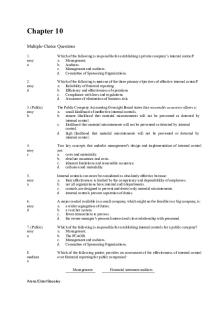
Chapter-10
- 19 Pages
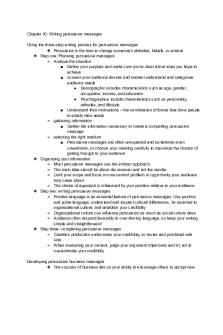
Chapter 10
- 5 Pages
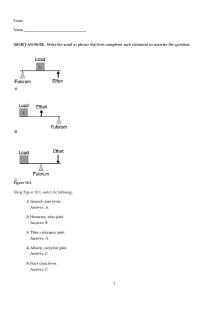
Chapter 10
- 14 Pages

Chapter 10
- 111 Pages

Chapter 10
- 16 Pages
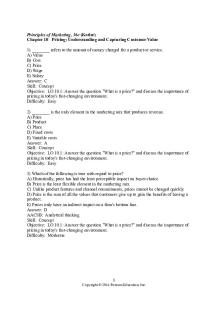
Chapter 10
- 47 Pages
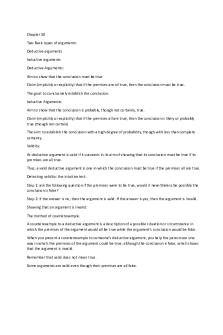
Chapter 10
- 4 Pages
Popular Institutions
- Tinajero National High School - Annex
- Politeknik Caltex Riau
- Yokohama City University
- SGT University
- University of Al-Qadisiyah
- Divine Word College of Vigan
- Techniek College Rotterdam
- Universidade de Santiago
- Universiti Teknologi MARA Cawangan Johor Kampus Pasir Gudang
- Poltekkes Kemenkes Yogyakarta
- Baguio City National High School
- Colegio san marcos
- preparatoria uno
- Centro de Bachillerato Tecnológico Industrial y de Servicios No. 107
- Dalian Maritime University
- Quang Trung Secondary School
- Colegio Tecnológico en Informática
- Corporación Regional de Educación Superior
- Grupo CEDVA
- Dar Al Uloom University
- Centro de Estudios Preuniversitarios de la Universidad Nacional de Ingeniería
- 上智大学
- Aakash International School, Nuna Majara
- San Felipe Neri Catholic School
- Kang Chiao International School - New Taipei City
- Misamis Occidental National High School
- Institución Educativa Escuela Normal Juan Ladrilleros
- Kolehiyo ng Pantukan
- Batanes State College
- Instituto Continental
- Sekolah Menengah Kejuruan Kesehatan Kaltara (Tarakan)
- Colegio de La Inmaculada Concepcion - Cebu


